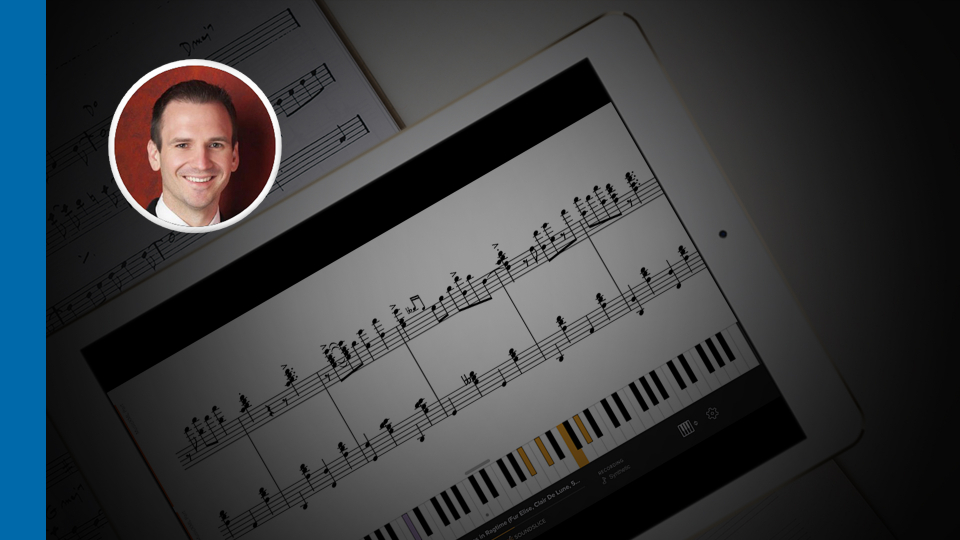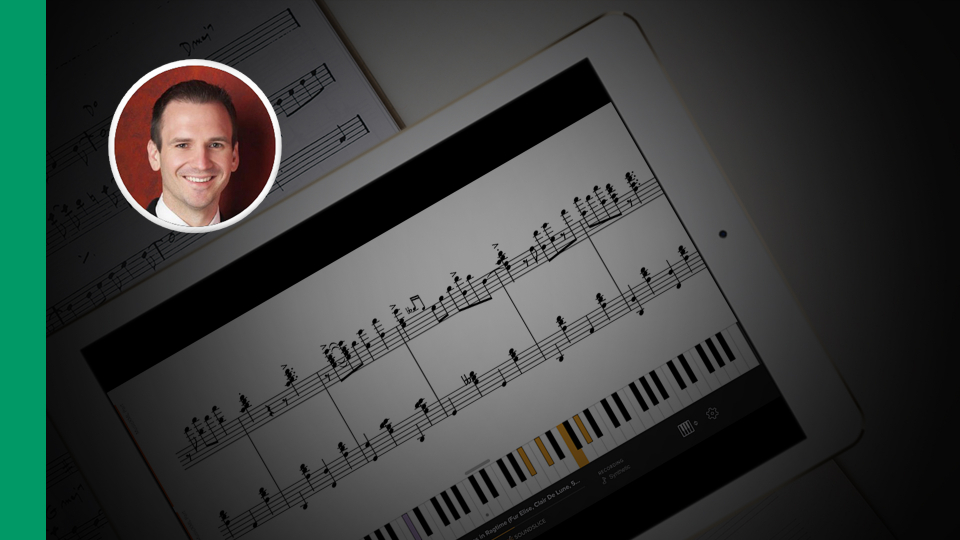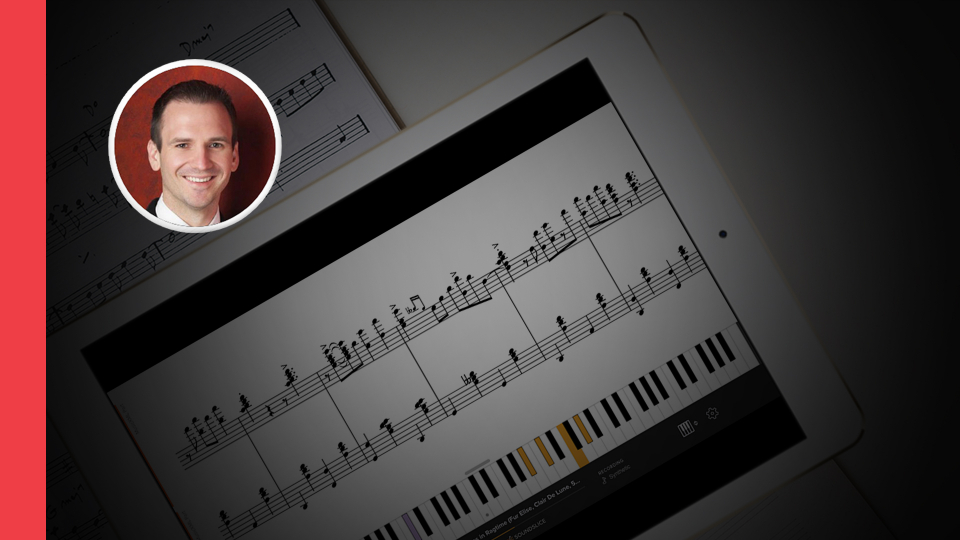Everything you need to know about reharmonization—what it is, how to do it, modern techniques, examples, exercises, charts and more!
Sheet Type: Lesson Sheet
5 Tips on Piano Accompaniment for Singers
Discover best practices in piano accompaniment for singers while exploring Erroll Garner’s timeless jazz standard, “Misty.”
Play Canon in D in 5 Easy Steps
Learn how to play Pachelbel’s famous canon in D in 5 easy steps on the piano! Make it your own using its beautiful melodies and chords.
Moonlight Sonata
In this workshop, we’ll be learning Beethoven’s Moonlight Sonata. Going phrase by phrase, we’ll learn the notes, analyze the harmony, explore the dynamics & mood, and discuss the historical context of this beautiful sonata.
10 Ways To Spice Up A Chord Progression
To play piano with an original sound think “stylization, not complication.” Here are 10 ways to spice up a simple piano chord progression.
Create Inner Voice Movement for Jazz Piano
You’ve learned professional jazz piano voicings, but now what? Explore adding countermelody and tensions with beautiful inner voice movement.
All The Things You Are 2
In this course, we’ll learn an advanced arrangement of the jazz swing standard – All The Things You Are. Starting with the lead sheet, we’ll memorize the melody/chords, embellish the melody with shell voicings & chord extensions, learn a jazz swing bass line, and master a variety of soloing techniques.
How to Improvise Piano with 1 Scale
Minimize your improv materials to maximize your results. Explore 5 techniques for all levels to improvise on piano with just 1 scale!
Jazz Piano Chord Voicings – The Complete Guide
Learn 6 essential jazz piano chord voicings used by Bud Powell, Red Garland, Bill Evans, Wynton Kelly, George Shearing, and McCoy Tyner.
The Beginner Jazz Piano Accompaniment Guide
Learn essential techniques for beginner jazz piano accompaniment on one of the most iconic jazz forms of all time—Gerswhin’s “I Got Rhythm.”
Gymnopedie 1
In this workshop, we’ll be learning Erik Satie’s beautiful piece, Gymnopedie No 1. Going phrase by phrase, we’ll learn the notes, analyze the harmony, explore dynamics and articulation, and master a variety of compositional techniques.
Pachelbel Canon in D 2
In this course, we’ll create an advanced arrangement of the popular tune – Canon in D. We’ll start by reviewing the melodies & chords. Then we’ll learn a variety of accompaniment patterns, melodic embellishments, colorful chords, and soloing techniques. Lastly, we’ll learn how to play this tune with other instrumentalists.
Pachelbel Canon in D 1
In this course, we’ll learn how to play the popular tune – Canon in D. We’ll start by reviewing the basic melodies & chords. Then we’ll learn a variety of left hand accompaniments, right hand embellishments, and soloing techniques. Lastly, we’ll learn how to play this tune with other instrumentalists.
Piano Chord Shapes for Beautiful Improv
Look for a fresh perspective on improv? Learn to use piano chord shapes to create beautiful improv lines that sound interesting and organic.
New Orleans Blues Piano – The Complete Guide
Learn to play authentic New Orleans blues piano in the style of Dr. John, Fats Domino, and Professor Longhair. There’s a party in this lesson!
Ear Training With 7th Chords 2
In this workshop, we’ll explore ear training with 7th chords. We’ll review the sounds of major 7th chords, minor 7th chords, and dominant 7th chords – plus their inversions. Then we’ll go through song examples and learn to identify the melody, add in the bass, and fill in the missing harmony.
Tritone Substitution – The Complete Guide
Learn to embellish any tune like a pro by adding rich passing chords with the tritone substitution technique—a complete guide for all levels.
All the Things You Are 1
In this course, we’ll learn how to play the iconic jazz swing standard – All The Things You Are. Starting with the lead sheet, we’ll memorize the melody/chords, embellish the melody with rhythmic accompaniment, learn a jazz swing bass line, master a variety of improv & soloing techniques, and more!
The Girl From Ipanema 1
In this course, we’ll learn how to play the famous bossa nova jazz standard – Girl From Ipanema. Starting with the lead sheet, we’ll memorize the melody/chords, apply the bossa nova groove, embellish the right hand melody, master a variety of improv & soloing techniques, and more!
4 Steps to Play Neo Soul Chords on Piano
Learn 4 steps to play beautiful neo soul piano chords. Then, seamlessly connect diatonic and borrowed chords using the common tone technique.
How to Make a Chord Sound Jazzy
Want to learn how to make a chord sound jazzy? Master 3 simple formulas to play advanced jazz piano voicings, even if you’re a beginner.







